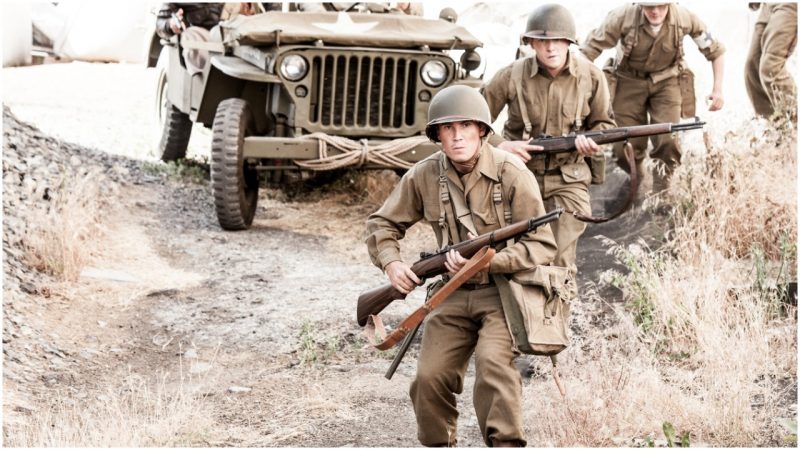December 20, 1944 was a miserable day for American soldiers in the Ardennes. The weather was bitterly cold, with ice and snow biting at men forced to stand guard through day and night.
Five days into the greatest German offensive of the year, the Allies were still rushing to regroup. The enemy threatened to break through their lines and end the advance across Europe. Everybody was on alert, with the threat of an attack at any moment.
For a one-star general and a group of military police, things were about to get even worse.
Enemies in Their Midst
In December 1944, the situation looked dire for Adolf Hitler and the German Reich. For the past six months, Allied armies had been fighting their way across France and the Low Countries, proving that the supermen of the Nazi armies weren’t half as super as Hitler proclaimed.
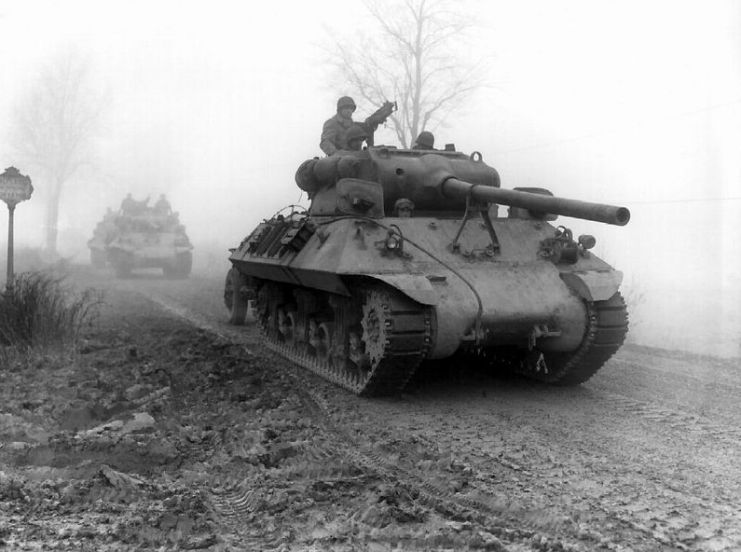
Now they were on the border of Germany, about to break into the heartland of Hitler’s empire. In response, the führer launched Operation Autumn Fog, his last, desperate throw of the dice.
Outnumbered and on the back foot, Hitler’s armies would need every advantage they could get, so he used every trick he had. A swift, focused armored offensive, like the blitzkrieg attacks of the early war.
Paratrooper landings far behind enemy lines. A deep shroud of secrecy to hide his plans from the enemy. And most cunning of all, a group of specialists trained by Otto Skorzeny.
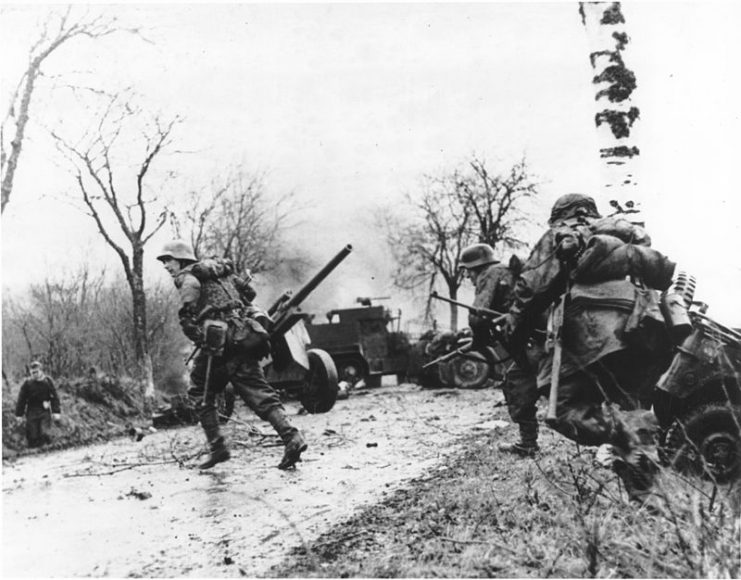
Skorzeny was one of the most celebrated soldiers in the Reich. He was a tough and wily paratrooper, the man who had rescued Mussolini from the Allies, and the head of Hitler’s special forces. In the fall of 1944, he was given a new task – to prepare soldiers to penetrate the Allied lines.
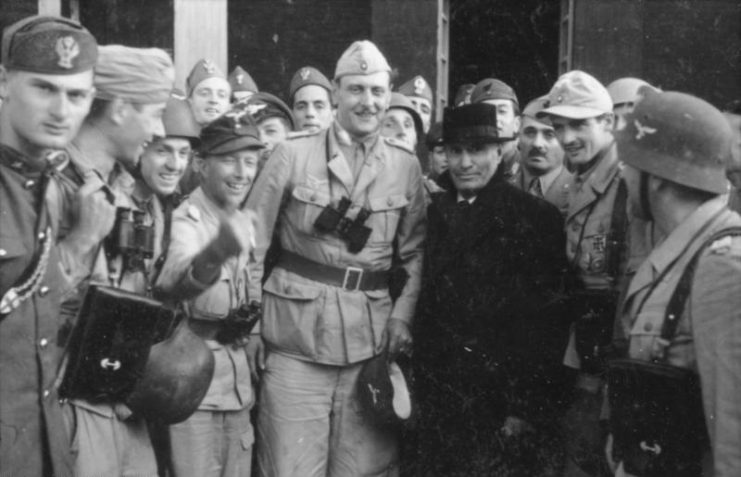
Skorzeny gathered and trained an elite band of English-speaking Germans. They were outfitted with American uniforms, American weapons, and American vehicles. Before the main attack began, they would cross the lines and mix in with Allied troops.
There, they would spread panic and misinformation, cut communication lines, and redirect vital troops. They would sow the seeds of chaos, and the advancing armies would reap their fruits.
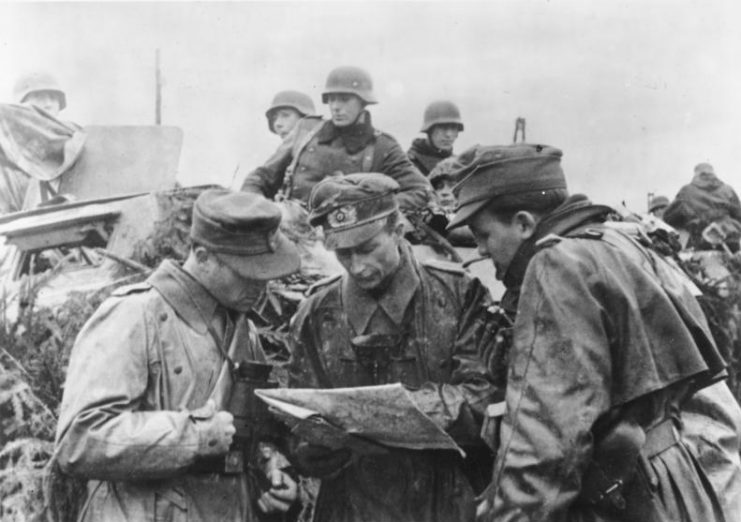
When the attack began on 16 December 1944, Skorzeny’s specialists proved less effective than Hitler had hoped. Many were quickly identified and captured by the Allies. But their very existence sent paranoia running like wildfire through the American lines.
If there were Germans in American uniforms, then who could the soldiers trust? If they didn’t know a man’s face, then they couldn’t know for sure that he wasn’t an enemy.
Even if that man was a general.
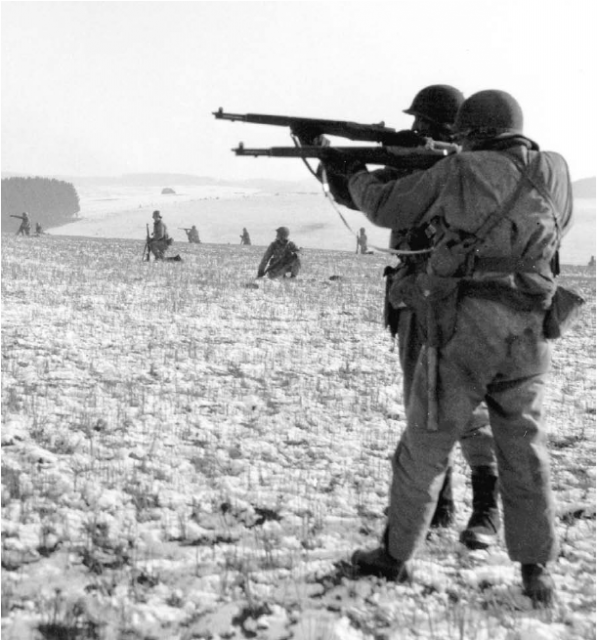
Arresting General Clarke
Bruce Clarke had been a general for only nine days when the Germans attacked.
As a colonel in General Patton’s Third Army, he’d led his troops to spectacular success at the Battle of Arracourt in September. This had got him the attention of more senior officers, leading to promotion to Brigadier General in November, a move which saw him leave Patton’s command.
After relishing the charge across France, Clarke now faced a far less appealing mission – holding his men together in the face of a massive German attack.
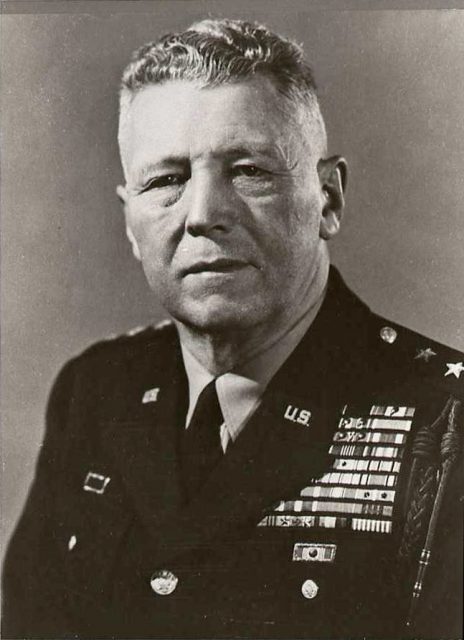
In the first few days of what became known as the Battle of the Bulge, Clarke was one of the most important figures on the American side.
A combination of circumstances and character saw him take command of the defensive action around St. Vith, a critical sector in the German offensive.
Clarke rushed back and forth, gathering information and ordering the panicked American troops. He even found himself giving orders to officers who were his seniors.
By December 20, the initial period of chaos in the Allied lines had passed. The Germans were still pushing against them but hadn’t made their great breakthrough. Thanks to Clarke, they never would. But the crisis wasn’t over yet.
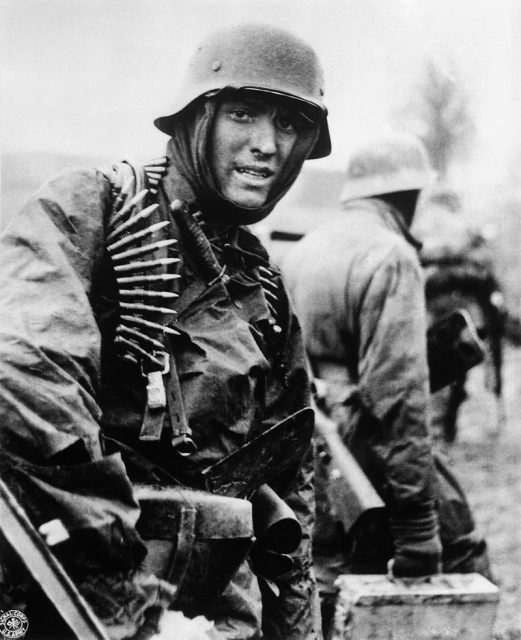
That morning, Clarke set out to inspect the perimeter, observing one of the many patches of frozen ground his men were protecting. There he met a group of military police.
Unfortunately for Clarke, the MPs didn’t recognize him. And after hearing so many stories about Skorzeny’s infiltrators, they weren’t taking any chances. The MPs decided to arrest the general.
“I’m General Bruce Clarke!” Clarke told them.
But the MPs were having none of it. They’d heard horror stories about the infiltrators spying, sabotaging, and plotting to assassinate prominent American officers.
Even the commander-in-chief, General Eisenhower, was being kept under close guard for his own safety. What better way for an assassin to get at important men than to dress up as one of them?
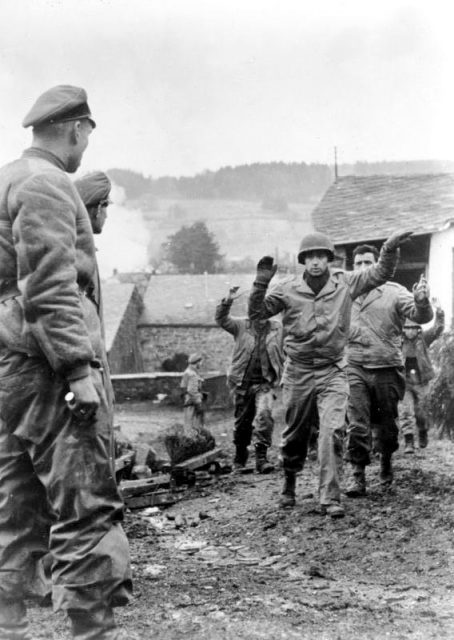
“I’m General Bruce Clarke!” the commander repeated.
“Like hell!” the MPs responded. Their captor didn’t even know which league the Chicago Cubs were in – he was clearly a spy. They took him to a nearby house and locked him up. There Clarke sat, fuming and frustrated, unable to continue with his vital work.
The man holding the line together had been arrested by his own men.
One man on the scene was in a position to help. Private First Class Mike Klimick of the 87th Recon had seen Clarke before and he knew that the MPs had made a mistake. But what could he do about it?
The passwords kept changing and he was sure the one he had was out of date. If he tried to talk the MPs out of arresting Clarke, they’d probably take him for a spy and lock him up too.
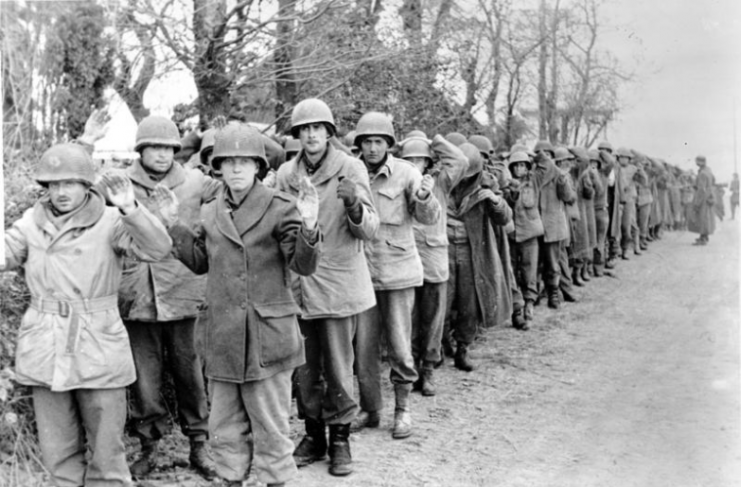
Klimick decided to stay out of it.
Five hours later, somebody finally identified Clarke to the MPs’ satisfaction. He was let out of captivity and rushed back saving the American Army from disaster. The embarrassed MPs were forced to admit that they had been wrong.
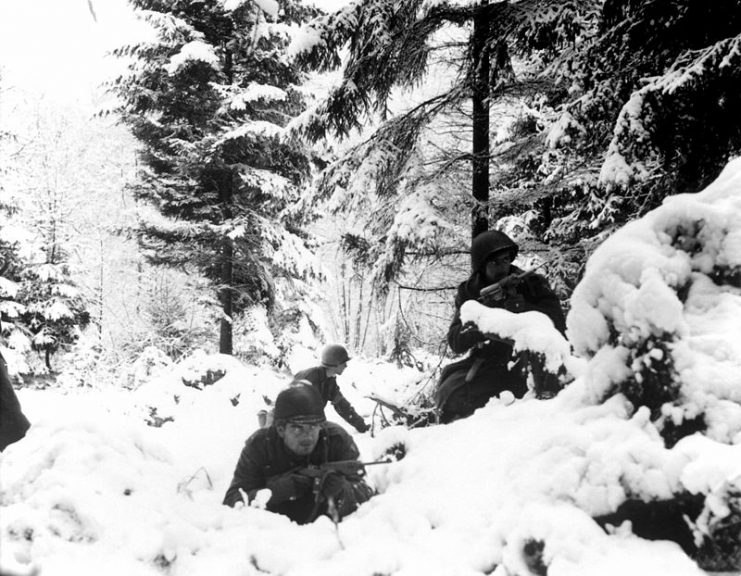
If it had happened on the first day of the Bulge, removing a critical American officer could have been a disaster. Fortunately for the MPs, their mistake had lost an important man a few hours, not lost their army the whole battle.
With the incident over, everybody got back to the real problem – fighting off the Germans.
